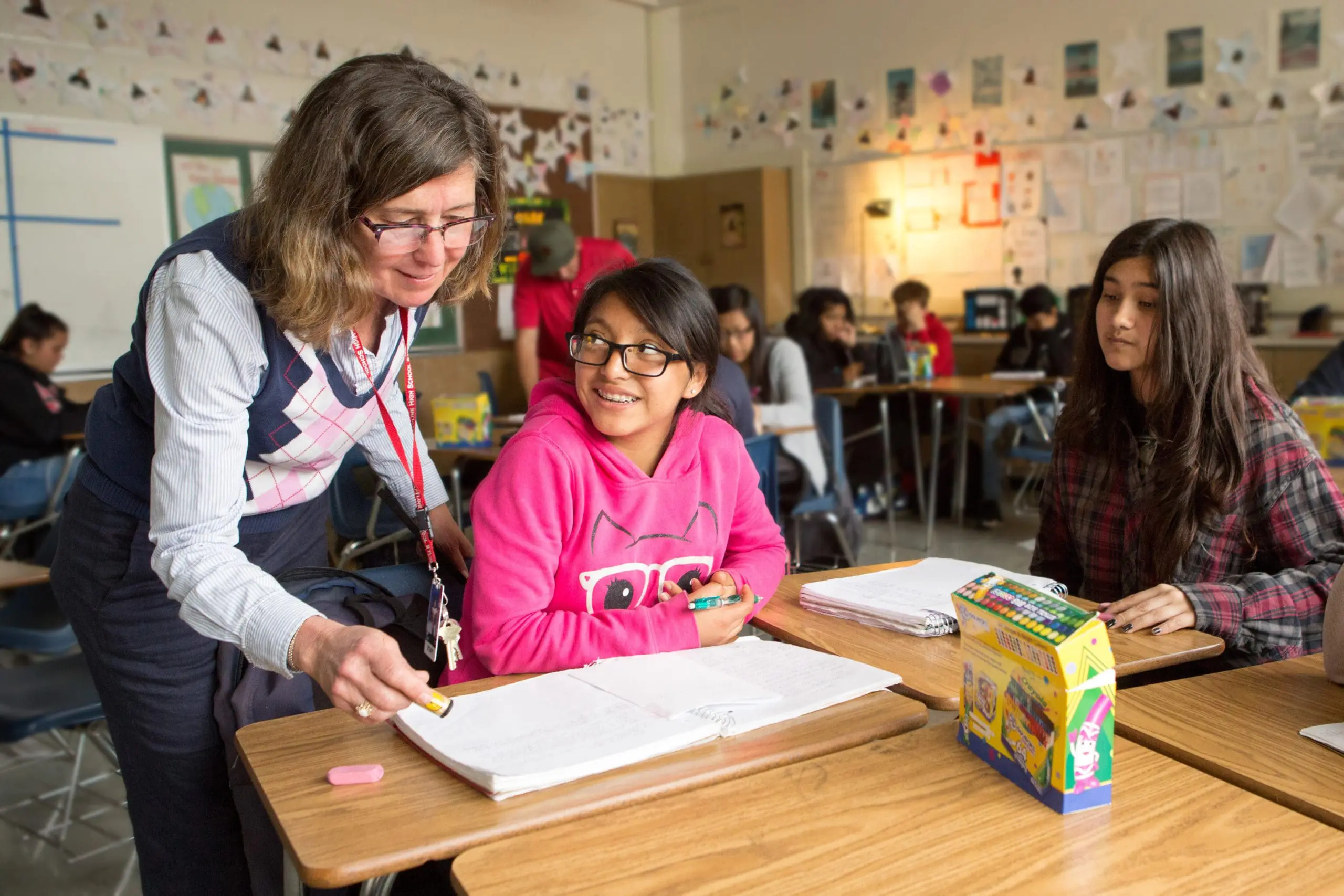Each December, at DQC we like to take a look back on what we’ve learned this year and think about what it might mean for education and workforce conversations next year. In 2022, DQC explored data use by looking at everything from state legislation to the opinions of superintendents and high school students. Here are some of DQC’s most important 2022 research findings and what they mean for 2023.
Finding #1: Students and educators want more useful information about their education pathways and outcomes.
- In a national poll of superintendents from DQC and AASA, The School Superintendents Association, conducted by The Harris Poll, 98 percent of superintendents said that if they had better access to information, they would be more confident in their abilities to make decisions for their districts.
- DQC and the Kentucky Student Voice Team came together to poll high school students from across the country—also conducted by The Harris Poll. We found that 80 percent of students agreed that they would feel more confident about the path they will take after high school if they had better access to information.
Finding #2: The state reports and websites that are designed to give people access to data about themselves and their communities are often confusing and incomplete.
- In our national poll, less than half of high school students report getting any information from their school about whether they’re meeting grade-level expectations, if they’re on track to graduate from high school, or how much academic progress they’ve made this year.
- DQC’s annual review of state report cards revealed the extent to which report cards are missing key data.
- Only 6 states included data on students entering the workforce or the military.
- While 37 states reported postsecondary enrollment, only 11 of those states reported postsecondary enrollment in two-year institutions.
- 29 states reported all federally required data on teachers, which is especially problematic given the conversation about a national teacher shortage.
- Just 16 states provide guiding questions to help users navigate their report card website.
Finding #3: There’s reason for hope. Some states and communities are showing the way forward.
- More than half of the 131 state bills we tracked in the 2022 legislative session would make new or existing state data available to non-policymaker audiences including students (16 bills), families (18 bills), or the public (40 bills).
- Our case study on California’s P–20W Cradle-to-Career Data System highlights promising (and replicable) efforts to reorient state data systems to meet individuals’ needs.
- Researchers and education leaders are developing more nuanced and accurate ways to measure and understand student experiences, including students experiencing poverty.
Ultimately, all of these findings point to one important takeaway: people need access to data. State leaders must work to improve meaningful access to the data in state P–20W data systems. It’s no longer enough for states to simply connect existing data across different systems, they must provide the public with the information people need, especially as leaders figure out how to move forward through recovery and address unfinished learning due to the pandemic. The future of making data work for everyone—from educators to policymakers to the public—is building out tools and resources that make it easy for people to access and use data.
I’m sure it won’t surprise you to hear that DQC has insights into how to make this meaningful data access happen. Stay tuned in 2023 to join us and so many of our partners in this exciting work.


